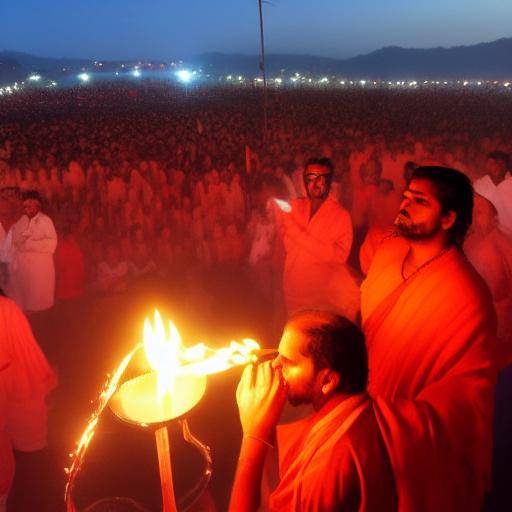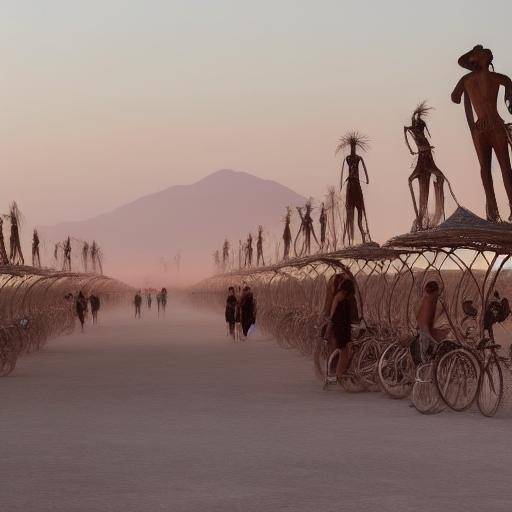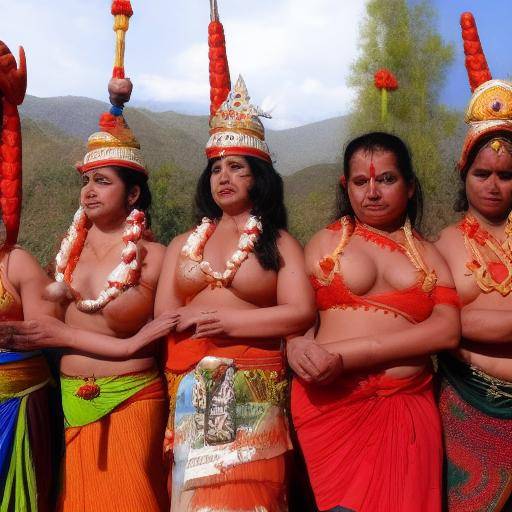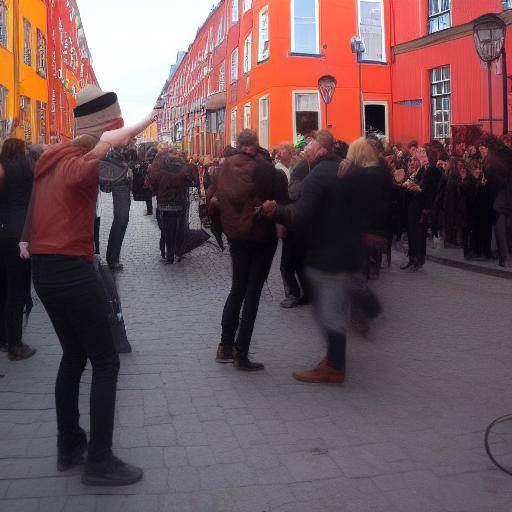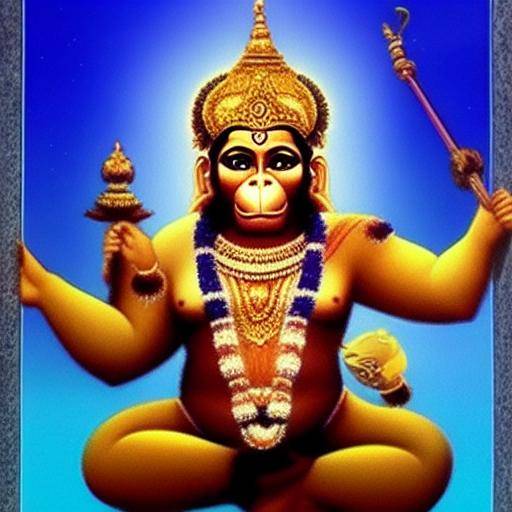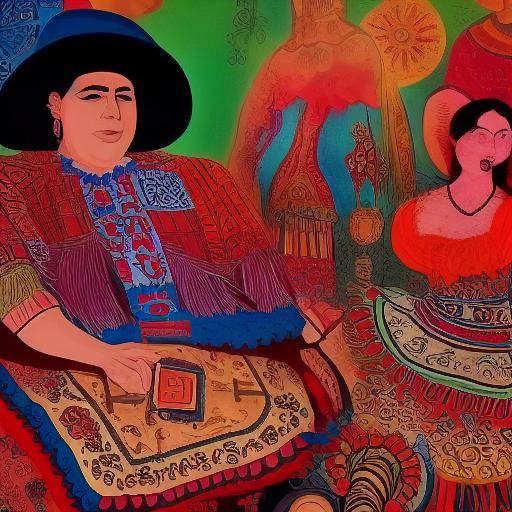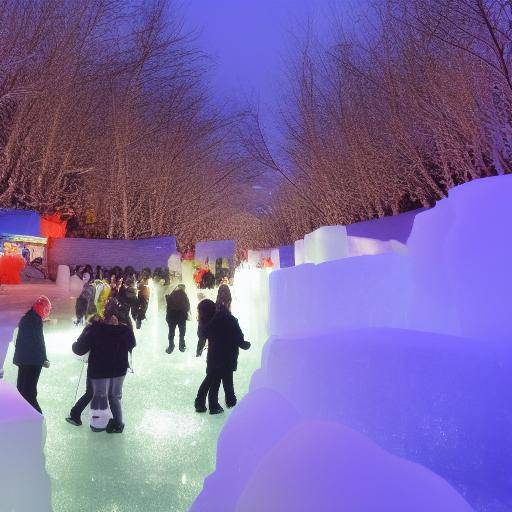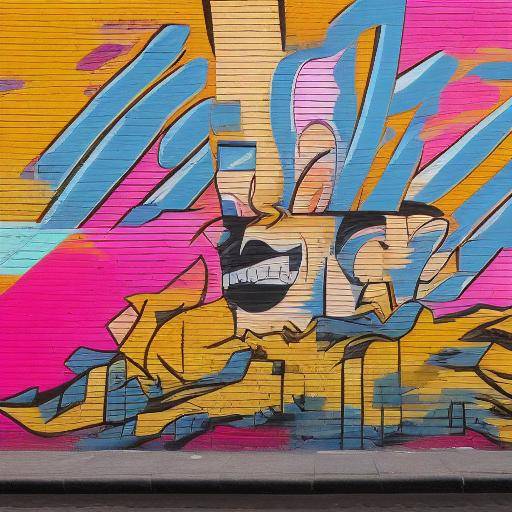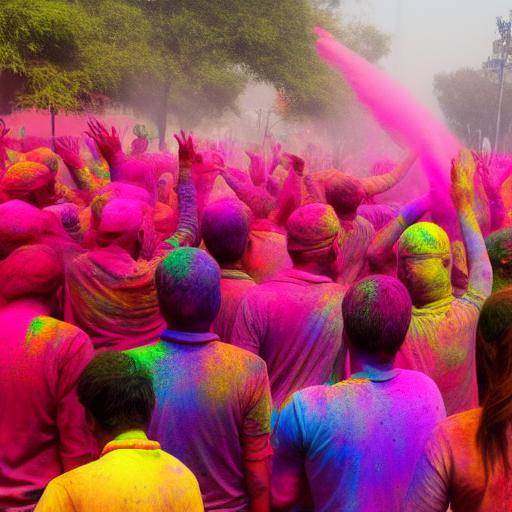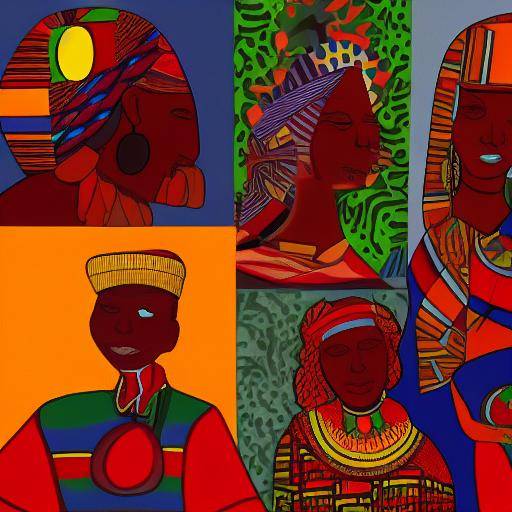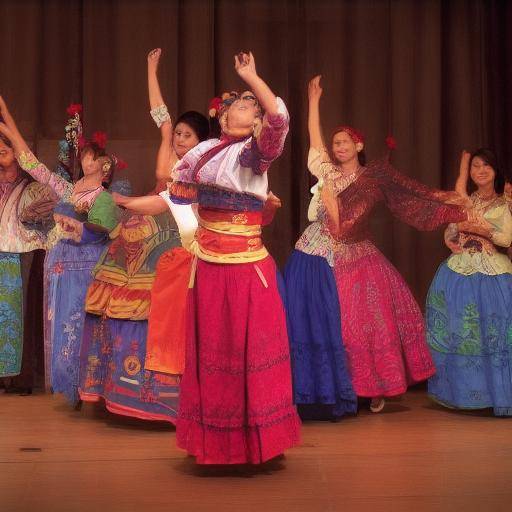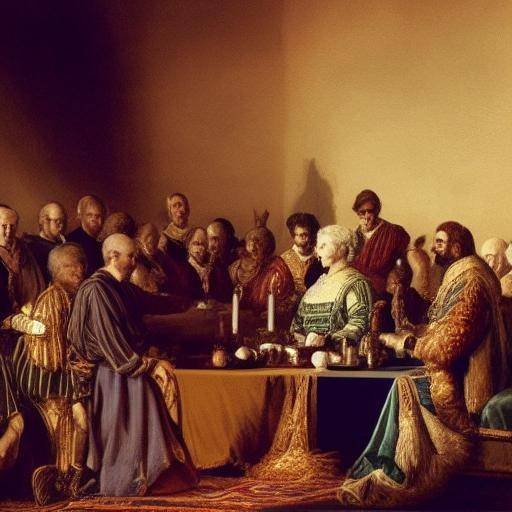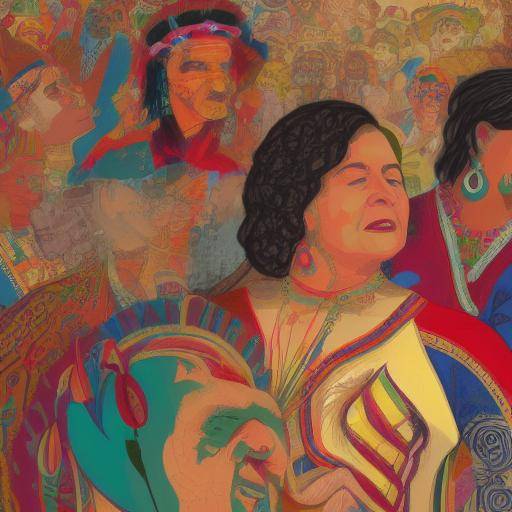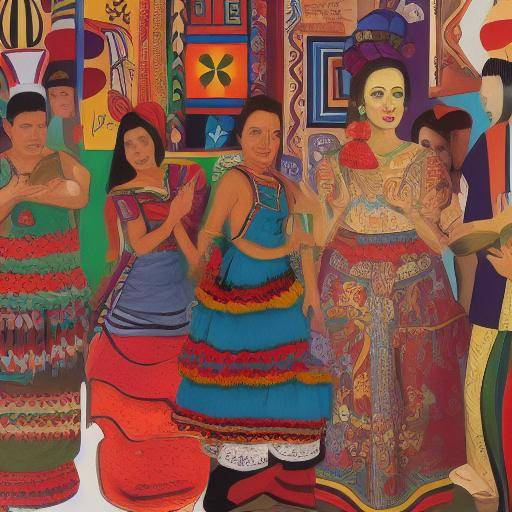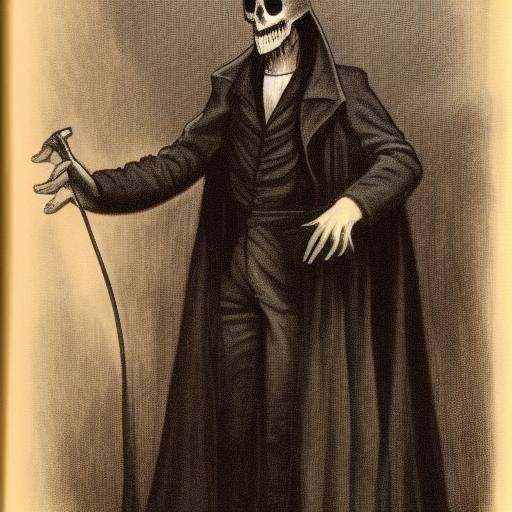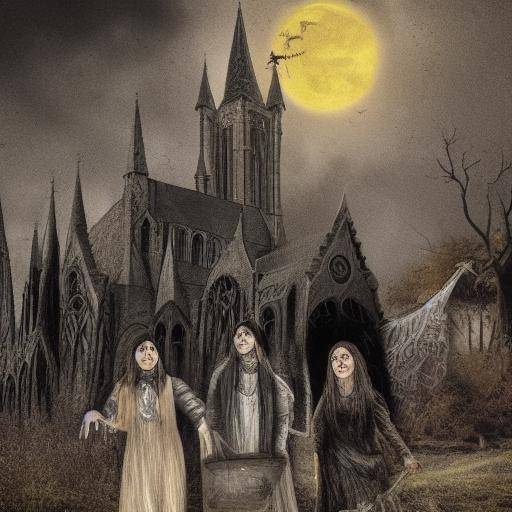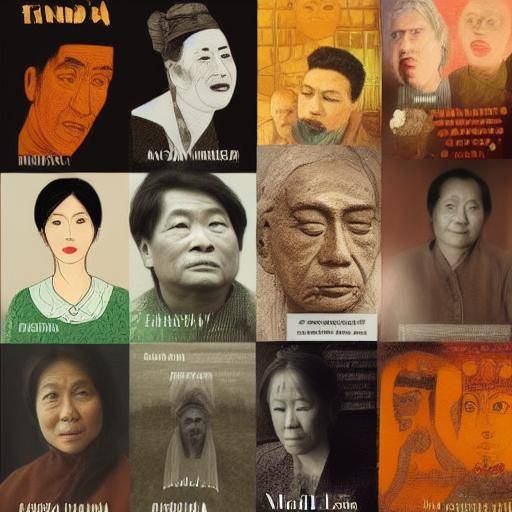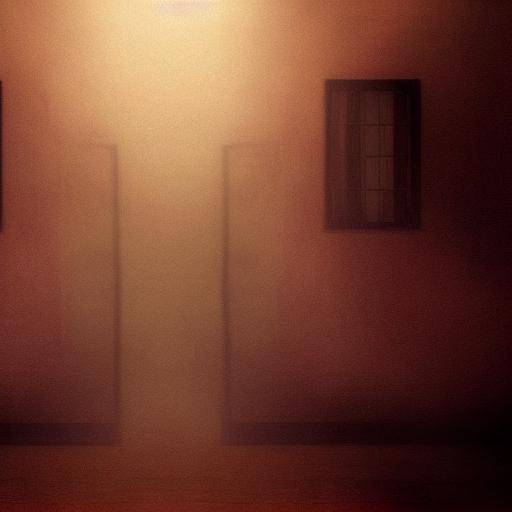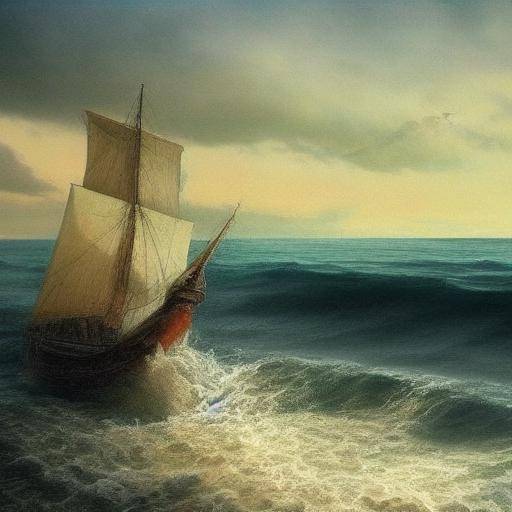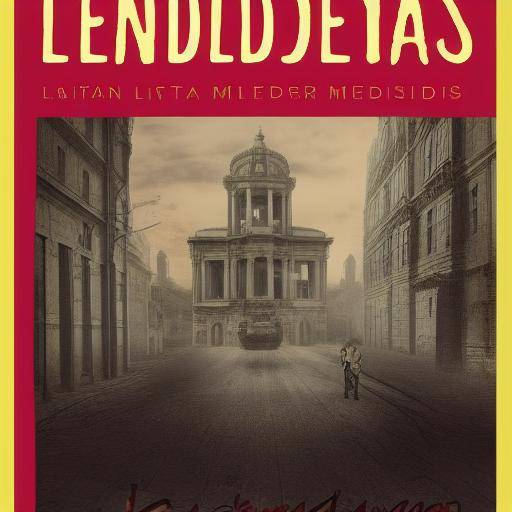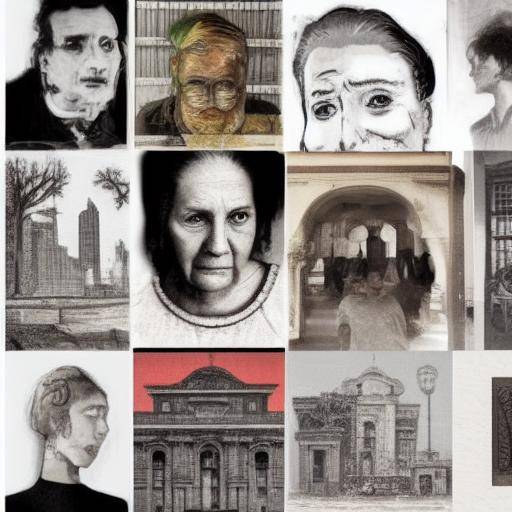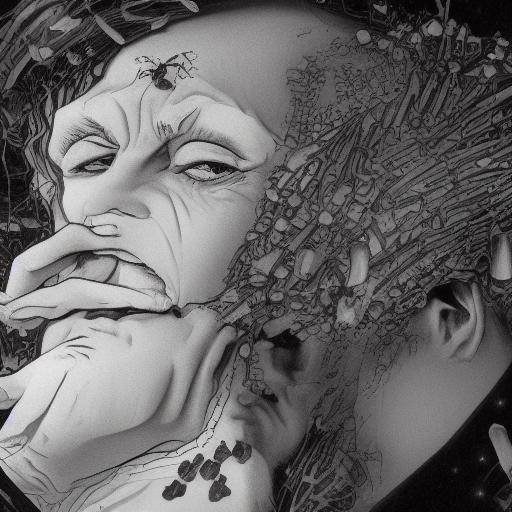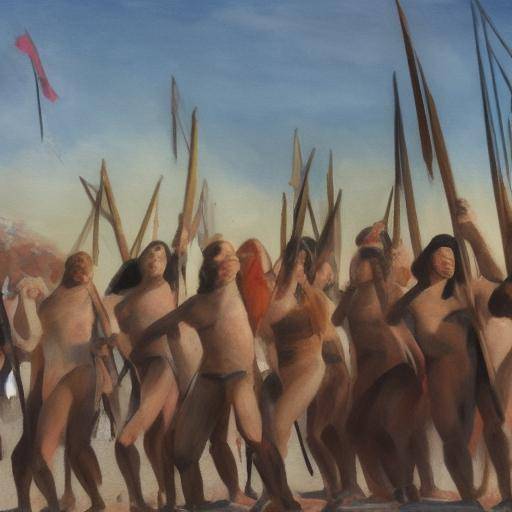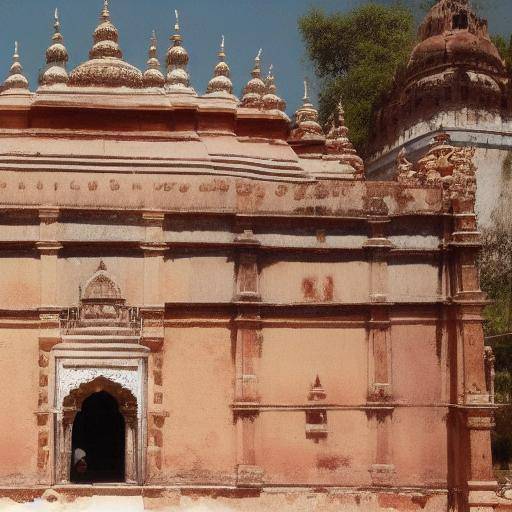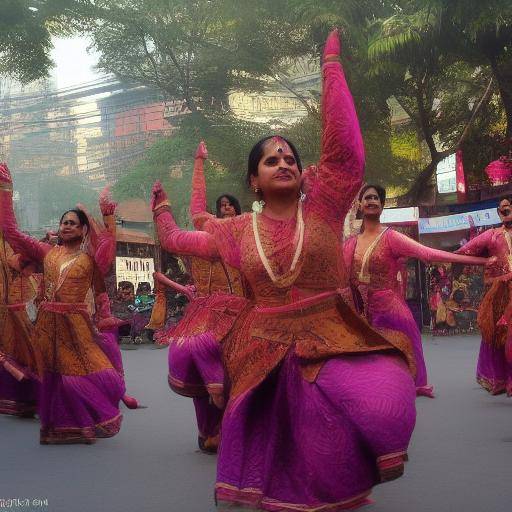
The Kala Ghoda Arts Festival is a renowned cultural event that is held annually in the vibrant Kala Ghoda art district in Mumbai, India. With its rich history, various artistic and literary programs, and a wide range of cultural expressions, this festival has become a meeting point for artists, writers, art enthusiasts and tourists alike. In this article, we will thoroughly explore the fascinating world of the Kala Ghoda Arts Festival, its connection with Indian art, literature and culture, as well as its impact on the contemporary art scene.
Introduction
The Kala Ghoda Arts Festival is a celebration that merges art, culture and literature into an impressive display that encompasses several creative disciplines. This festival, which receives its name from the iconic monument of a statue of a black horse located in the heart of the district of Kala Ghoda, captivates attendees with its mix of colorful cultural events, live performances, art exhibitions, literary workshops and much more.
In this article, we will enter the rich history and evolution of the Kala Ghoda Arts Festival, explore its role in the context of contemporary art in India, examine its impact on literature and cultural heritage, and provide a detailed look at the unique experiences it offers to its participants.
History and Background
The Kala Ghoda Arts Festival is rooted in the 1990s when a group of artists and art enthusiasts in Mumbai joined in creating a cultural event that would highlight local talent and encourage appreciation of art in the community. Since its humble beginnings, the festival has experienced significant growth, attracting thousands of national and international visitors every year. This event has evolved to become an emblematic celebration that celebrates the artistic and literary diversity of India, while providing a platform for emerging talents to show their creations to the world.
The festival has not only witnessed a quantitative expansion, but has also evolved qualitatively, incorporating a wider range of cultural expressions ranging from visual arts to music, dance, cinema and literature. The organizers of the festival have worked tirelessly to maintain the artistic integrity and cultural authenticity of the event, while promoting experimentation and innovation in the creative field.
The Kala Ghoda Arts Festival has managed to erect itself as a showcase for India's artistic talent, attracting outstanding artists and writers, as well as art enthusiasts of all ages. Over the years, recognition has been won as an incomparable event that drives Mumbai's artistic scene and contributes significantly to the international projection of Indian art and culture.
Analysis in Deep
The growth of the Kala Ghoda Arts Festival has led to unique challenges and opportunities that deserve detailed exploration. From the management of multicultural events to the impact on the local economy and cultural exchange, the relevance of this festival transcends the borders of art and literature. This leads us to analyze in depth the benefits and challenges that the festival brings to artists, the local community and society as a whole.
In terms of benefits, the Kala Ghoda Arts Festival has proven to be a crucial driver for Mumbai's creative economy, attracting tourists and generating employment opportunities for artists and professionals in the cultural sector. In addition, the festival has provided an invaluable platform for intercultural dialogue, where artists from various backgrounds can connect and collaborate, generating an exchange of artistic ideas and practices that enrich the creative scene.
On the other hand, the festival also faces challenges in terms of sustainability, inclusion and equitable access. Effective management of cultural diversity, accessibility for people of all backgrounds and environmental sustainability are areas that require constant attention to ensure that the festival remains an inclusive and sustainable space for all.
Comprehensive review
The Kala Ghoda Arts Festival is not only an effervescent celebration of creativity, but also a scenario for the exchange of ideas, the exploration of cultural identities and the evolution of contemporary art and literature in India. Its influence extends across multiple facets, from supporting emerging talents to promoting greater appreciation for the arts and literature in society.
In order to understand in depth the extent of the impact of the festival, it is essential to examine its practical applications and best practices. Through clear and detailed examples, we will explore how the Kala Ghoda Arts Festival has been a catalyst for the flourishing of art and literature in India, while setting standards of excellence and originality in the world cultural scene.
In addition, considering the perspective of experts and their vision of the future of the festival, we will gain a more complete understanding of its influence in the artistic and literary sphere. The opinions of industry leaders and creative thinkers will provide a deeply informed view of the lasting impact of the festival on the artistic and literary community of India, as well as the possible directions it will take in the coming years.
Comparative analysis
Within the context of the Kala Ghoda Arts Festival and its close relationship with Indian art, literature and culture, it is crucial to explore the points of convergence and divergence between these spheres. By critically examining the similarities, differences and potential synergies between art and literature in India, we will be able to draw meaningful connections that reveal the interdependence and complementarity of these creative disciplines.
To do this, we will emerge in concrete examples that illustrate how art and literature intertwine and nourish each other the rich cultural heritage of India. We will explore works by renowned artists who dialogue with literary narratives, as well as writers who are inspired by visual expressions to give life to their stories. This comparative analysis will allow us to appreciate the unique intersection between art and literature in the Indian context and its role in the configuration of the country's cultural identity.
Practical Tips and Accessible Tips
As we explore the essence of the Kala Ghoda Arts Festival and its relationship with Indian art, literature and culture, it is important to provide readers with practical guidance and actionable advice that enrich their understanding and experience. Through a series of practical advices, we will illustrate how art and literature enthusiasts can make the most of their participation in the festival, from effective navigation through exhibitions and events to the exploration of remarkable works and participation in interactive activities.
Conclusions and FAQs
The Kala Ghoda Arts Festival embodies the vibrant diversity of Indian art, literature and culture, providing a unique panorama that reflects the country's creative wealth and cultural dynamism. Throughout this article, we have unraveled the many nuances of the festival, from its historical origin to its contemporary impact on the artistic and literary sphere.
Our deep exploration has led us to appreciate the magnitude of the festival as an engine of growth and cultural development in Mumbai and beyond. In closing this exhibition, it is imperative to highlight the vital importance of the Kala Ghoda Arts Festival as a beacon of creativity and a forum for the celebration and artistic and literary innovation in India.
FAQs
1. What is the importance of art in Indian culture?
Art occupies a central place in rich and diverse Indian culture, serving as a means of expressing identities, narratives and values. From ancient artistic traditions to contemporary forms, art has played a crucial role in the preservation and evolution of cultural expressions in India.
2. How has the Kala Ghoda Arts Festival influenced the recognition of emerging artistic talent in India?
The festival has provided an outstanding platform for emerging artists to show their works, connect with a wider audience and establish professional networks. This active support has contributed significantly to the visibility and progression of emerging talents in the artistic scenario.
3. What role does literature play in India's cultural identity?
Indian literature reflects the linguistic, historical and social diversity of the country, offering a unique window to regional and national narratives. Through literature, universal themes and specific contexts are explored that enrich the understanding of Indian cultural identity.
4. What are some significant milestones of the Kala Ghoda Arts Festival that have left a lasting mark on the cultural scene of India?
The festival has witnessed numerous exhibitions, art installations and literary presentations that have addressed contemporary issues, historical traditions and social challenges. These contributions have enriched the cultural dialogue and left a lasting mark on the artistic and literary scene of India.
5. How can I participate or contribute to the Kala Ghoda Arts Festival as an art and literature enthusiast?
As an art and literature enthusiast, you can participate in the festival by attending their events, interacting with artists and writers, and supporting local cultural initiatives. In addition, the festival offers opportunities for collaboration and creative exchange, providing a platform to contribute to the cultural ferment of the event.
6. What is the connection between the Kala Ghoda Arts Festival and the preservation of the cultural heritage of India?
The festival has played a vital role in promoting and preserving India's cultural heritage by highlighting traditional artistic expressions, as well as fostering creative innovation that dialogues with the country's cultural roots. This connection with cultural heritage reflects the commitment of the festival to authenticity and cultural continuity.
In conclusion, the Kala Ghoda Arts Festival embodies the cultural wealth and effervescent creativity of India, offering an incomparable platform for the flourishing of art, literature and cultural expression in Mumbai and beyond. This unique celebration continues to enrich the cultural fabric of India, providing a touch of cultural warmth in the winter of Mumbai and transcending borders to a global audience avid of enriching artistic experiences.

